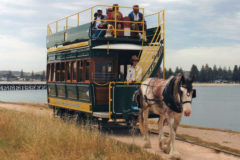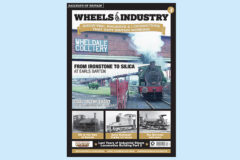Preserved recovery trucks
Posted by Chris Graham on 6th April 2021
Retaining recovery vehicles has prolonged the life of many lorries, as Dudley Rhodes’ preserved recovery truck images demonstrate.

Preserved recovery trucks: Seen at a rally a few years back, possibly The Great Dorset Steam Fair, this Austin FE diesel – a 502 or 702 model – URK 37 (Croydon, 1958) is fitted with a stylish, bespoke ‘chariot’-style body. It retains much of the livery of CR Wood & Son, Retreat Garage, Polhill in Kent, which was a BMC dealership. Notice the AA and RAC signs, and ‘Day and Night Service’ lettering.
A second life as a breakdown truck has kept many a vehicle going long after others of its age have been scrapped. In some cases, these preserved recovery trucks are fleet vehicles, with a crane and sometimes appropriate bodywork added. But others were bought-in specially for the job, notably ex-military types.
As with lorries which have enjoyed a second career with showmen, this has often been a route to preservation; in some cases remaining as recovery vehicles, which might even be able to ‘sing for their supper’, by rescuing a fellow preserved vehicle. There’s also been a useful licensing loop-hole, allowing owners to drive larger vehicles than they might otherwise be able to – as long as there was a crane on the back. Truly a way in which there can be a silver lining to many a cloud…
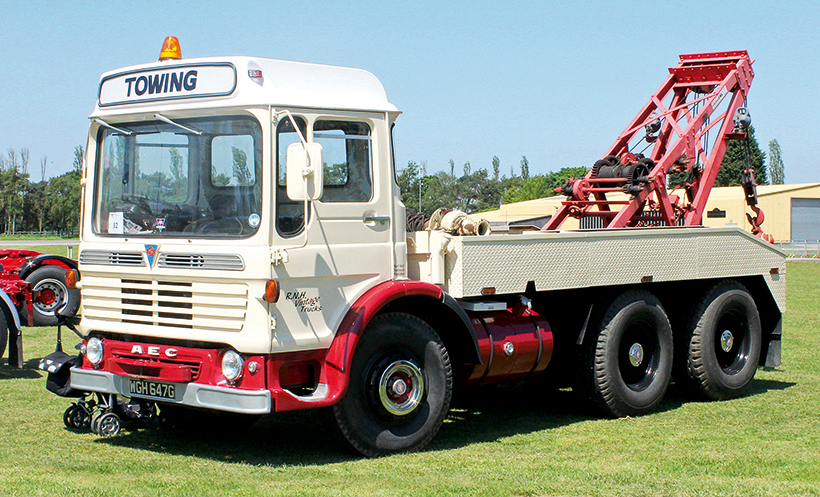
This AEC Marshal, WGH 647G (Greater London, 1968-9 – but fitted with a later-style grille), which probably started life as a tipper, was at an AEC Rally at Newark Showground. With a simple, recovery body, with a winch and Mann Egerton-type fixed boom crane, this might have been used by its owner to tow other preserved lorries.
However, gone are the days when bus or lorry fleet operators would maintain their own recovery vehicles, to bring a broken-down or accident-damaged bus or lorry back to the company workshop. In the past, garages – large and small – would also be likely to have a breakdown lorry available, often 24 hours a day, to recover customers’ vehicles for repairs.
These days, recovery of all sorts of vehicles seems to be left to specialist operators, which makes the vehicles featured here all the more historic and interesting. Many of the preserved recovery trucks included in this selection were photographed at the start of the Historic Commercial Vehicle Society’s annual London to Brighton Run, which traditionally starts at Crystal Palace, in South London.
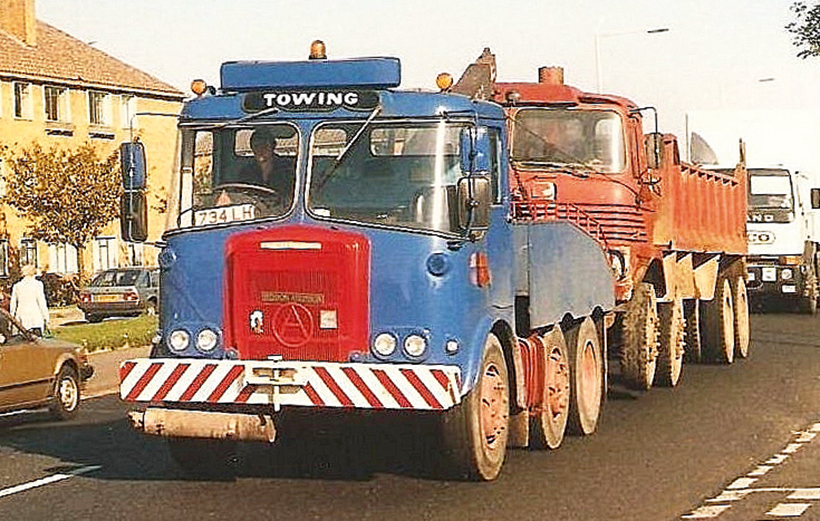
This Atkinson recovery vehicle, most likely based on a twin-steer ‘Leader’ tractor unit, running on London trade plates, 734 LH, was photographed while still at work, towing a Scammell Routeman tipper, along High Street, Potters Bar, Hertfordshire, on October 24th, in 1987.
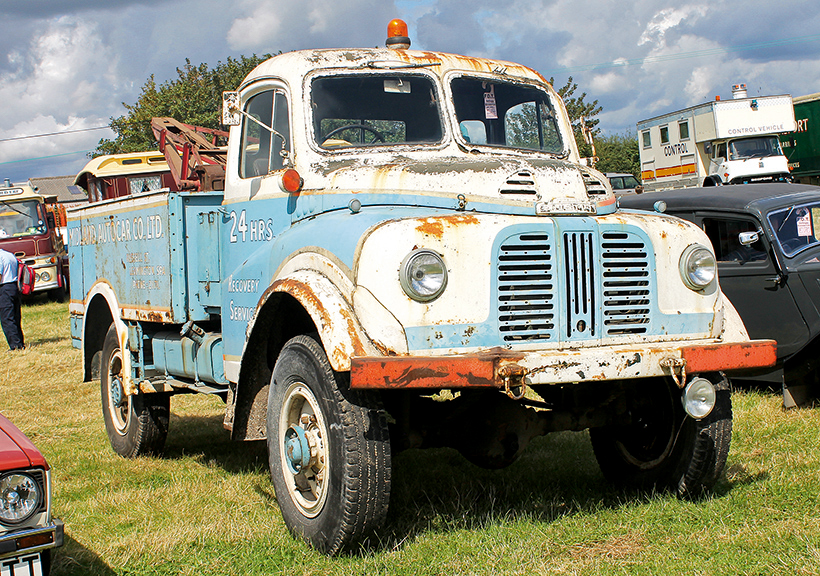
An un-registered, ex-military Austin K9; a type used as an ambulance, water tanker or general service vehicle by the Army and Royal Air Force. Many examples were fitted with a crane for breakdown services by garages, as in this case, by Midland Autocar Co, of Leamington Spa – the remains of whose livery it retained when seen at a rally.
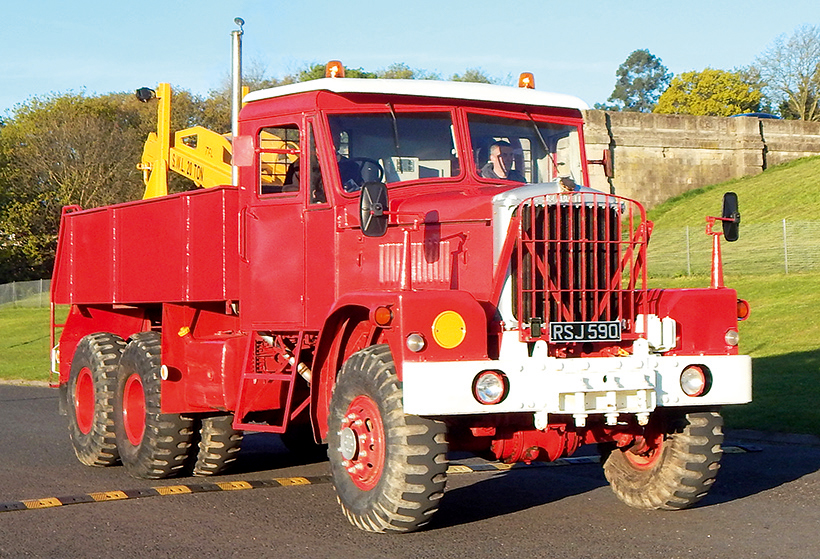
This Scammell Constructor, RSJ 590 (age-related re-registration), seen at Crystal Palace at the start of the HCVS London to Brighton Run on May 1st, 2016, was originally with the RAF. Its cab, with a double-skinned roof, was fitted with TFL-type, girder-style lifting equipment by a subsequent operator, and it’s now preserved in this guise.
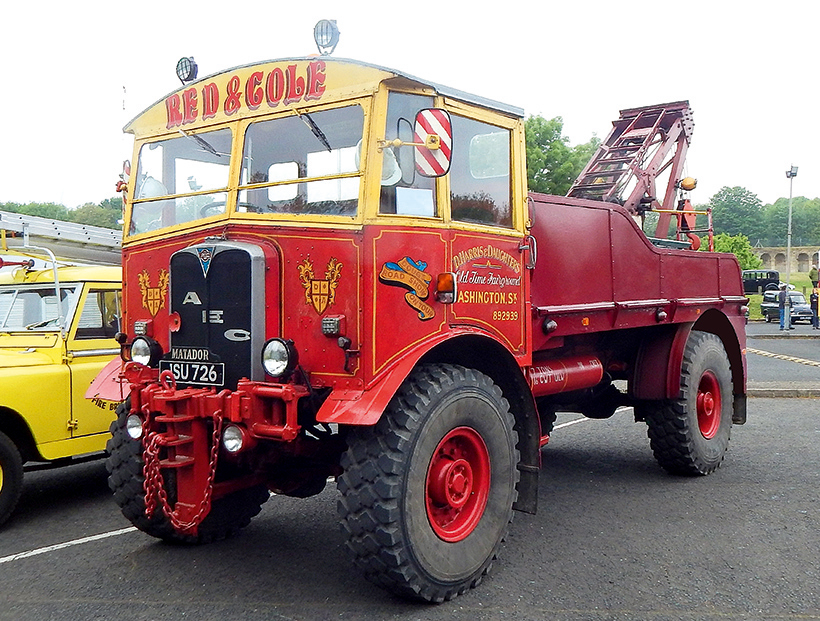
Another ex-military vehicle, an AEC Matador, JSU 826 (age-related), seen at Crystal Palace a year later, on May 7th, 2017, refurbished and converted to a breakdown, and still in use by Harris’s Amusements, based in Ashington, Sussex.
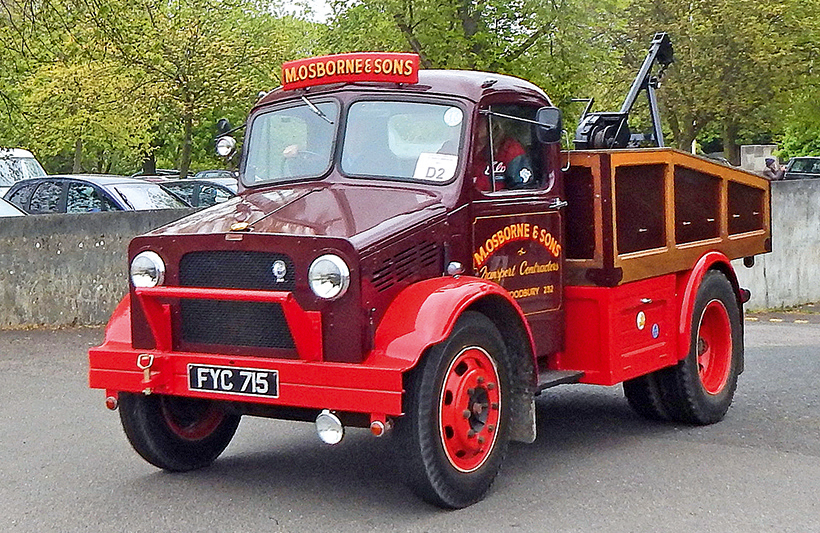
On the same day in 2017, seen at the start of the HCVS London to Brighton Run, less obviously an ex-Royal Navy vehicle, this Bedford ‘OXC’, registered FYC 715 (Somerset, 1942), was fitted with a breakdown body and crane, in the livery of M Osborne & Sons, of Woodbury, in Devon.
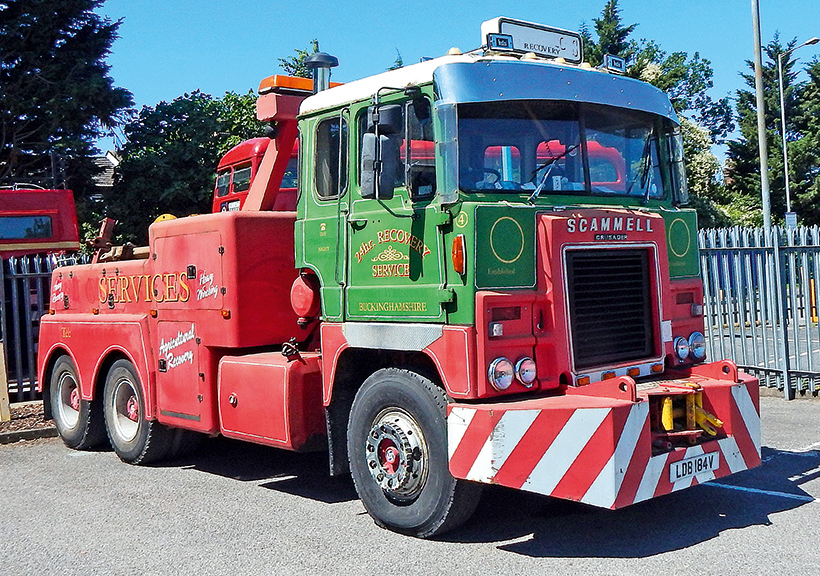
A heavy recovery vehicle, based on a 1979 Scammell Crusader six-wheeler, possibly ex-Army, LDB 184V, seen at a vehicle rally at Cricklewood, on July 2nd, 2017, which had last worked for MC Services of Newport Pagnell, and previously for R&L Morter & Sons, of North Walsham, Norfolk.
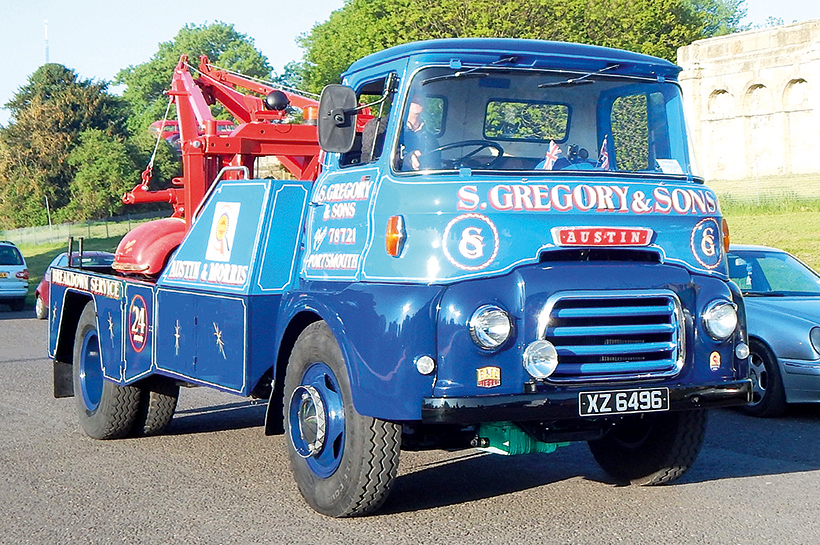
Restored from a wreck in Northern Ireland, XZ 6496, an Austin FFH, with twin-boom recovery equipment, was with S Gregory of Portsmouth, when seen at Crystal Palace on May 6th, 2018.
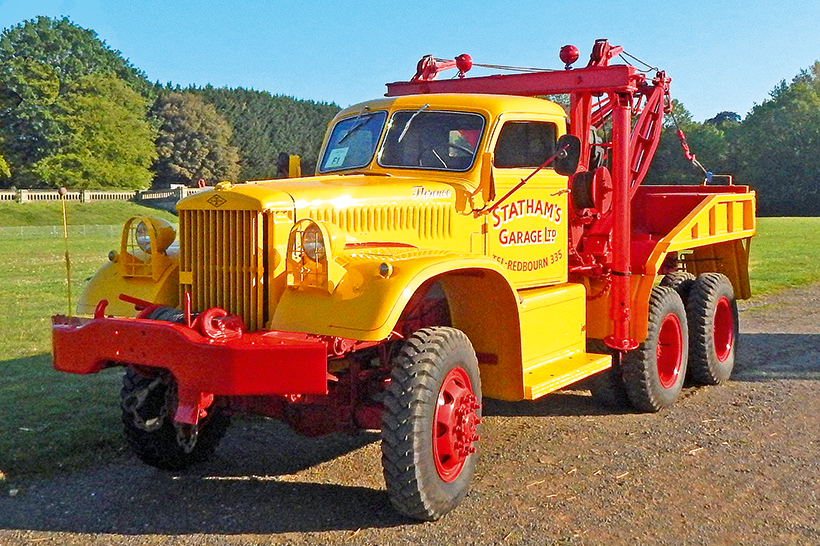
An ex-American Army Diamond T 958, registered VSL 122, restored by Staham’s Garage of Redbourne, to represent a vehicle which had been in the company’s working fleet in the past. Photographed at Crystal Palace on May 12th, 2019, this is said still to be able to recover a disabled vehicle – albeit rather slowly for these days.
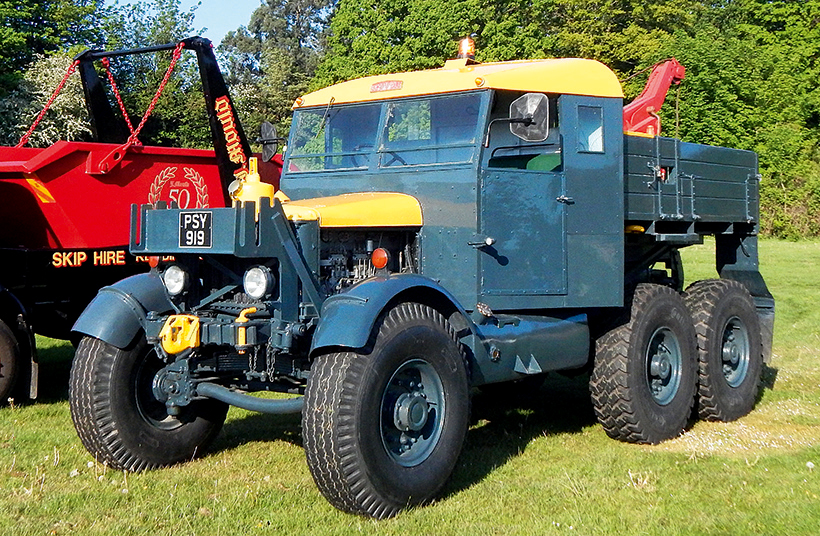
Restored to its RAF livery after some years working in ‘civvy street’, this imposing Scammell Pioneer SV/2S, PSY 919, was also at Crystal Palace on May 12th, 2019.
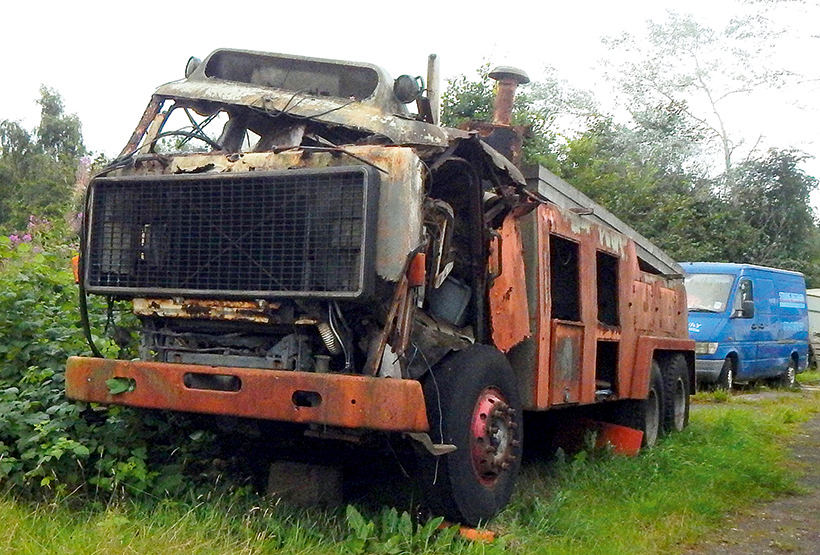
Its cab in a state of collapse, but its recovery body still intact, this derelict, Volvo F88 six-wheeler was seen at Bellshill, in Scotland, on August 23rd, 2019.
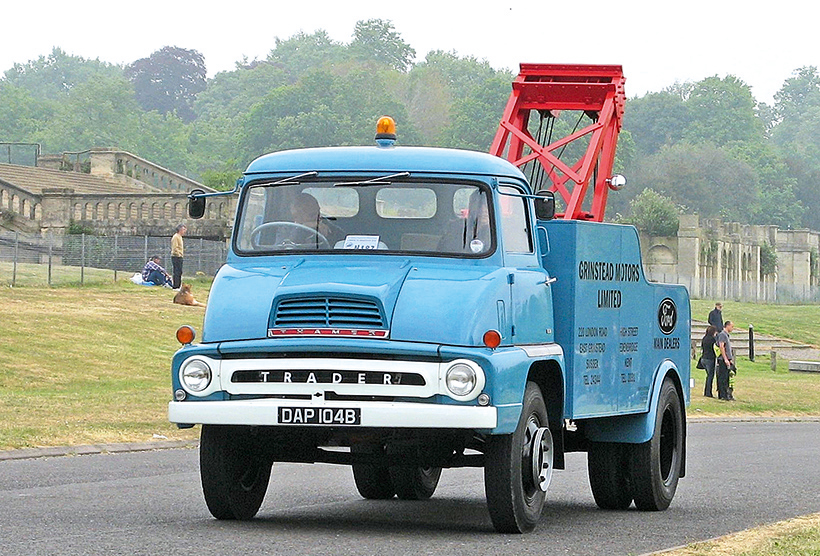
This 1964 Thames Trader breakdown lorry, DAP 14B, had spent its working life with Grinstead Motors, on the Kent-Surrey border, before it was restored. Here it’s taking part in the 2007 London to Brighton Run.
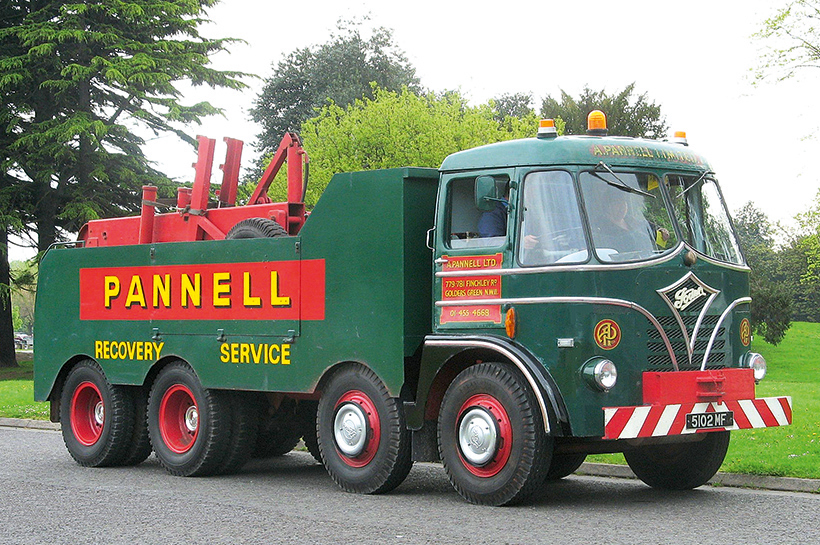
After working as a tipper, this S20-cabbed Foden eight-wheeler, 5102 MF (Middlesex, 1961), was re-equipped to become the recovery vehicle for A Pannell Ltd of Golders Green, in which guise it’s been preserved. Here it’s seen leaving Crystal Palace on May 4th, 2008.
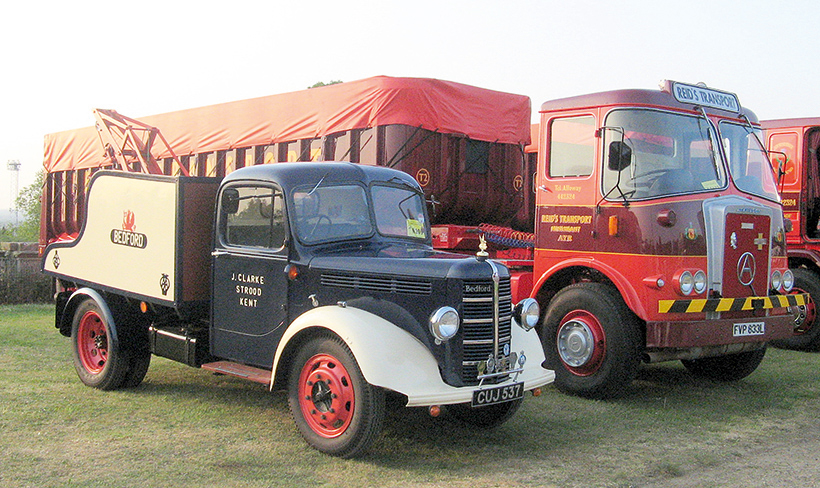
This Bedford ‘M’ Type, CUJ 537 (Shropshire, 1946), might have started life as a dropside or tipper, but has ben preserved as a typical garage breakdown lorry, by J Clark of Strood, Kent. It was somewhat dwarfed by the Atkinson artic tipper next to it at Crystal Palace, in 2011.
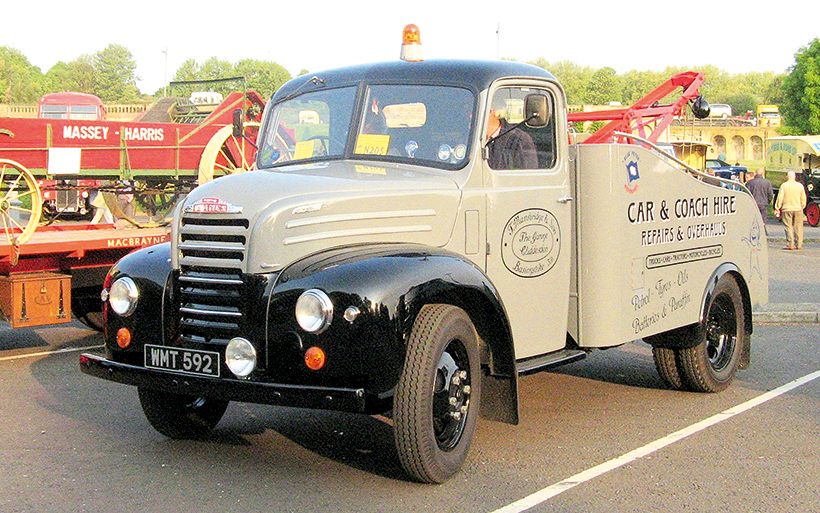
Restored as a garage breakdown by T Mansbridge & Son of Reading, this Fordson Thames ET6, WMT 592 (Middlesex, 1951), was seen at Crystal Palace in 2011. It actually spent its working life with Ruislip & Northwood Urban District Council and Reading Co-operative Society.
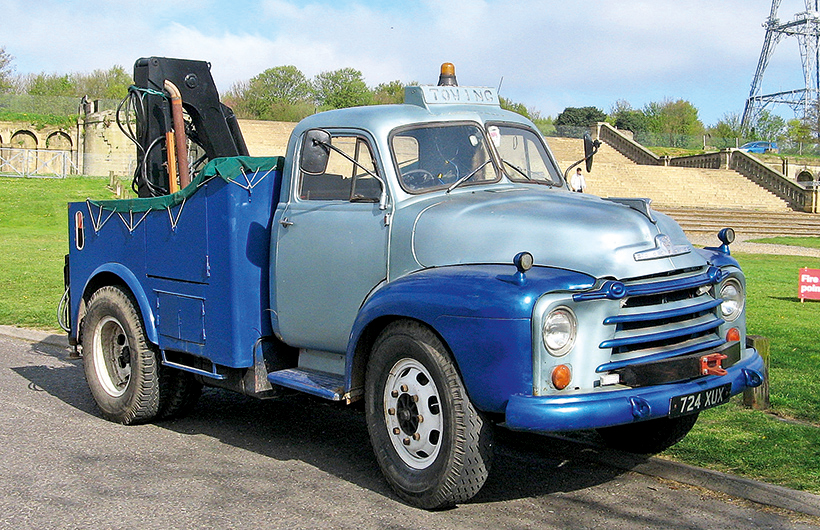
A Bedford ‘TD’ from around 1958, preserved as a recovery lorry, 724 XUX, carrying a ‘chariot’-style body and hydraulic crane, seen at Crystal Palace in 2013.
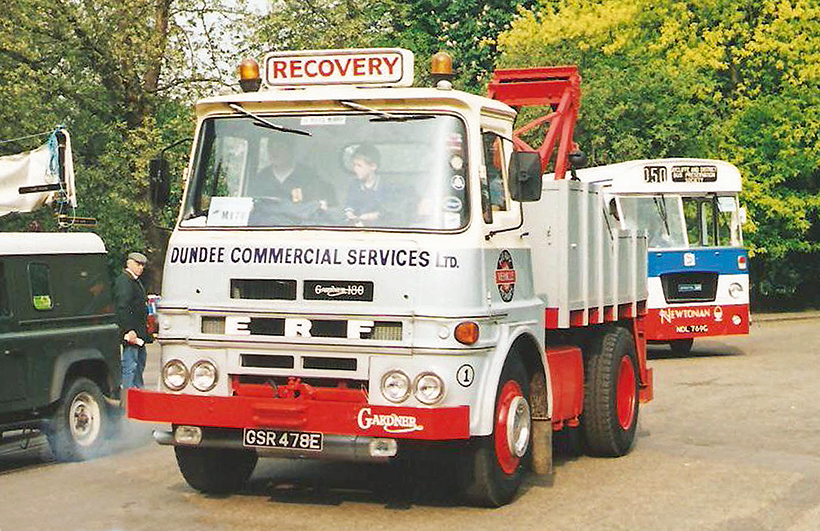
An ERF 64G, GSR 478E (Angus, 1967), now fitted-out as a breakdown vehicle for Dundee Commercial Services, but originally a tractor unit for Strathmore Springs of Forfar, seen leaving Battersea Park for Brighton on May 2nd, 1999.
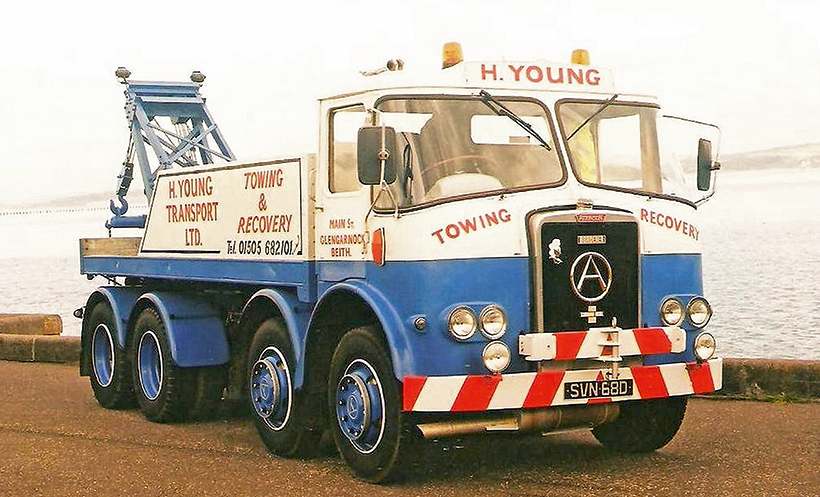
It might be sporting a ‘Borderer’ badge, but this Atkinson was a MkI ‘Black Knight’ eight-wheeler, probably a short wheelbase tipper chassis. SVN 68D (North Riding, Yorkshire, 1966), was preserved in the livery of H Young Transport of Glengarnock, when photographed on Silverknowles Promenade, Edinburgh, on May 30th, 2004.
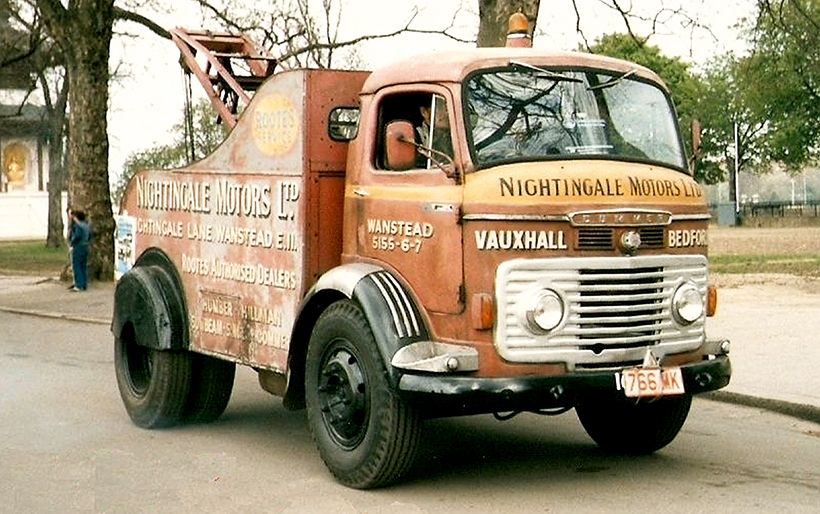
A preservation project, but looking just fine in its ‘working clothes’, this late Commer QX, was still in the livery of Nightingale Motors of Wanstead, on Middlesex trade plates, 788 MK, when seen at Battersea Park on May 4th, 1988. Is this one still around?
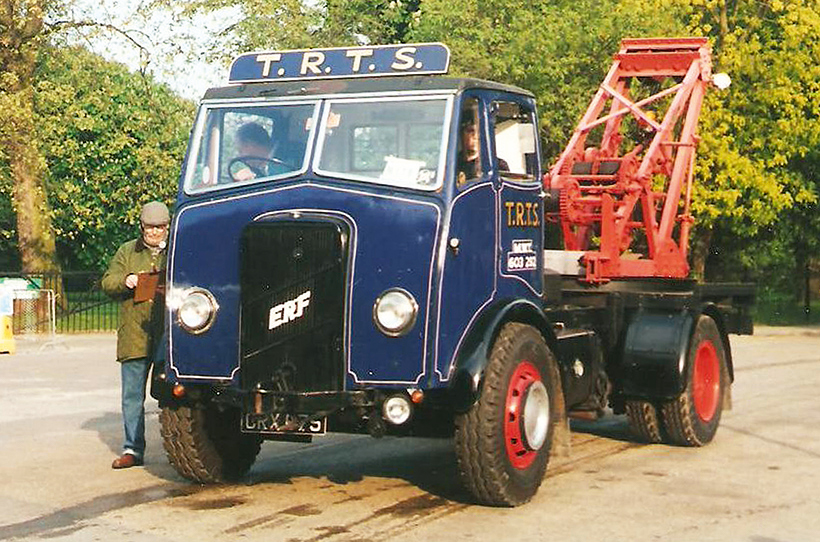
This ERF CI 5, CRX 675, (Berkshire, 1943), had been in preservation for many years, when seen at Battersea Park on May 7th, 2000. This recovery vehicle had worked for British Road Services, Cropper & Colthrop and Reed Transport, but was restored in the livery of its original operator, Thatcham Road Transport Services, complete with Ministry of War Transport number on the door.
For a money-saving subscription to Vintage Roadscene magazine, simply click here



